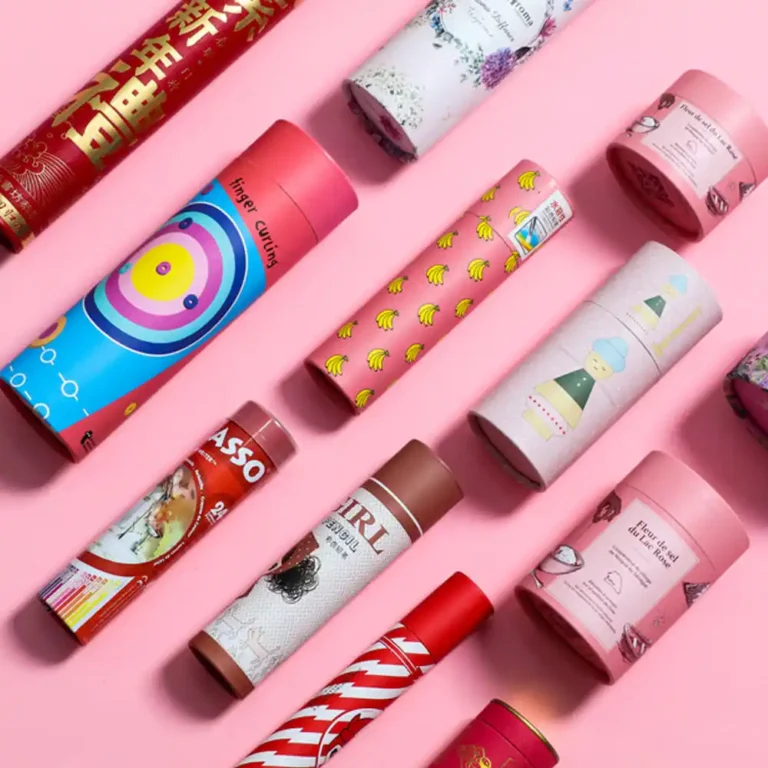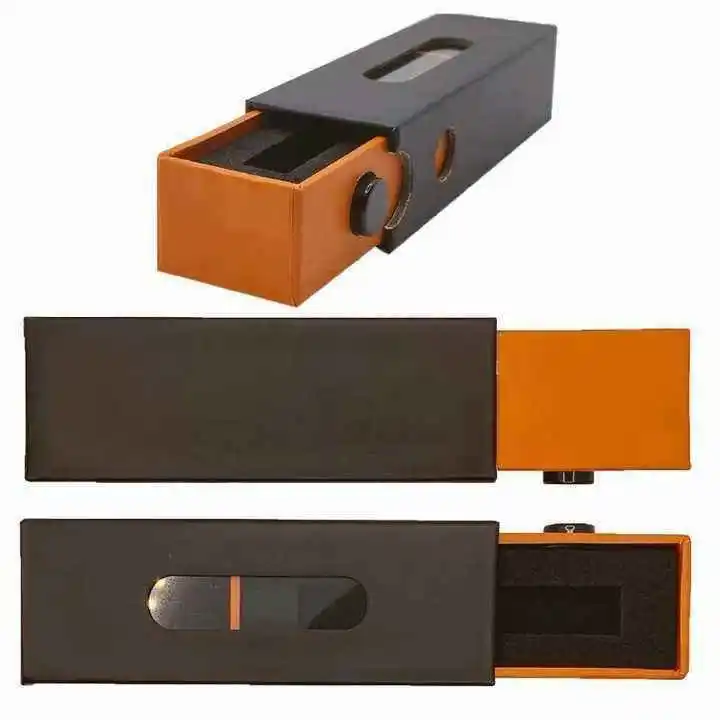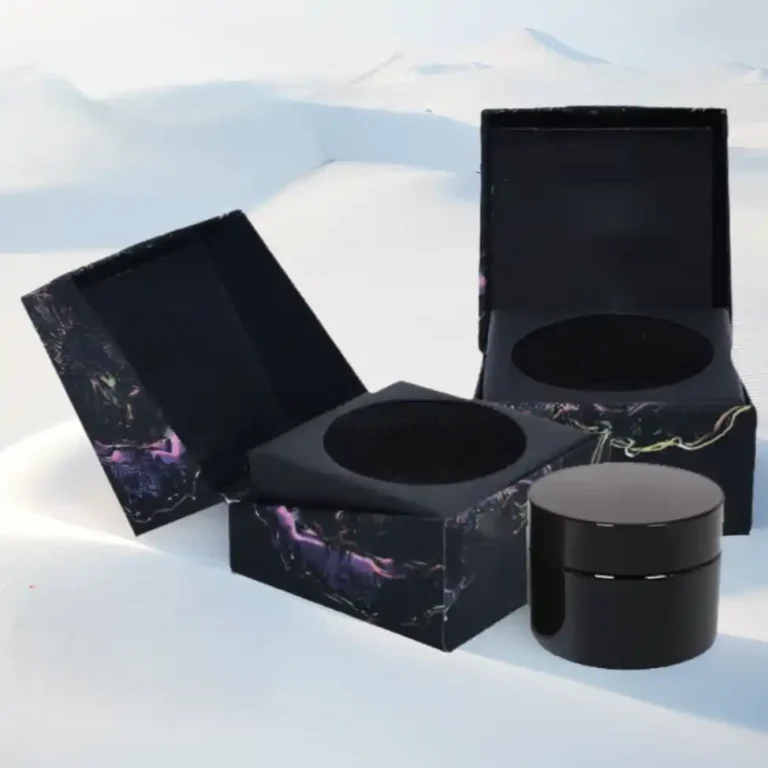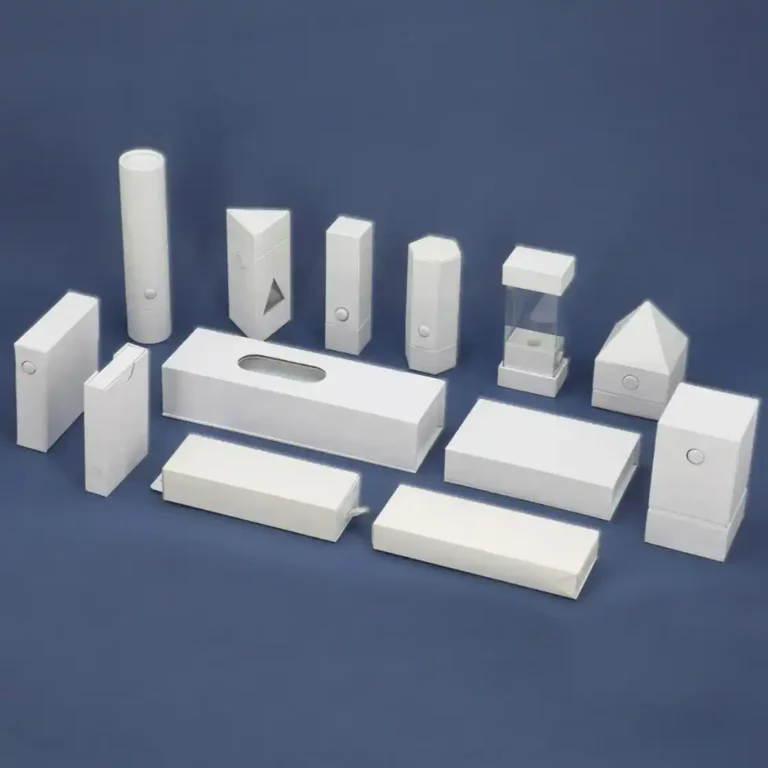Multi-Dimensional Innovation And Sustainable Future: Decoding The Five Core Trends Of High-End Packaging
Abstract
High-end packaging is moving from static containers to intelligent, low-impact brand media. In this piece, we decode five core trends shaping the next wave: visual stylization, sustainable materials, intelligent anti-counterfeiting, interactive experience, and circular economy. You’ll find practical takeaways for luxury, beauty, wine & spirits, electronics, and boutique retail—grounded in what premium buyers actually notice, keep, and share.
Table of Contents
1. Visual stylization: personalized design leads brand differentiation competition
Luxury shoppers don’t just buy products—they buy signals. Visual stylization is how packaging broadcasts those signals with intent and restraint.
Color systems and finishes for premium recall
Use a disciplined core palette with one accent shade for seasonal stories. Marry that with tactile finishes—soft-touch, linen textures, blind embossing, spot UV, and hot foil—to create unmistakable in-hand recognition. For example, a minimalist rigid drawer structure with a subtle foil crest can achieve instant shelf separation without visual noise. Explore structured formats such as a rigid drawer jewelry box for precise, repeatable unboxing.
Iconic structures that stage the reveal
Magnetic closures, double-door clamshells, framed lids, and telescoping bases slow the unboxing just enough to heighten anticipation. A tailored magnetic form—like a luxury magnetic gift box—keeps lines clean while protecting delicate finishes.
Materials that photograph beautifully
Textures with low specular glare and balanced whites simplify color management across social and D2C photography. If your line relies on gilded accents, test reflective control with matte laminations and micro-emboss to avoid harsh hotspots. For fragrance and home scenting, a structured insert in a rigid perfume box prevents rotation and keeps bottle alignment camera-ready.

2. Sustainable materials: environmentally friendly technology reconstructs the packaging value chain
Sustainability is moving from compliance to competitive edge, and materials are the first lever.
Fiber optimization and mono-material thinking
Right-weighting board grades and switching to mono-material designs make sorting intuitive. Consider FSC-certified boards, recycled content where performance allows, and plastic-free windows. A kraft paper gift box or paper gift bag communicates eco-intent while keeping a premium look through texture and tasteful foil.
Bio-inks, coatings, and adhesives
Vegetable-based inks and water-borne coatings reduce VOCs. Hot-melt and starch adhesives improve repulpability. If you still need metallization cues, try cold-foil with defined hit areas instead of full-panel films to cut material intensity.
Refill, replace, and re-use
Design trays and cradles for easy component swaps and future refill SKUs. Modular cavities reduce obsolescence during shade or accessory updates. Collapsible constructions—like collapsible gift boxes—minimize logistics emissions and warehouse space.

3. Intelligent anti-counterfeiting: digital technology builds a trust barrier
Counterfeits erode equity fastest in categories where packaging is the first proof of authenticity.
Layered security architecture
Blend overt features (optically variable foils, micro-text, guilloché) with covert ones (UV marks, taggants) and digital tools (unique IDs, serialized QR). Use serialized codes to verify provenance and to unlock content post-scan.
NFC, QR, and dynamic serialization
Near-field tags and dynamic QRs link each package to a one-time verification record, closing the loop between factory, retail, and resale. For high-risk SKUs, pair tamper-evident seals with rigid housings like a child-resistant package where compliance and premium cues meet.
Trust signaling in the unboxing journey
Print micro-security marks in zones that are only visible mid-unboxing, not on the outer shell. This balances elegance with assurance: authenticity checks happen naturally, without shouting on the front face.
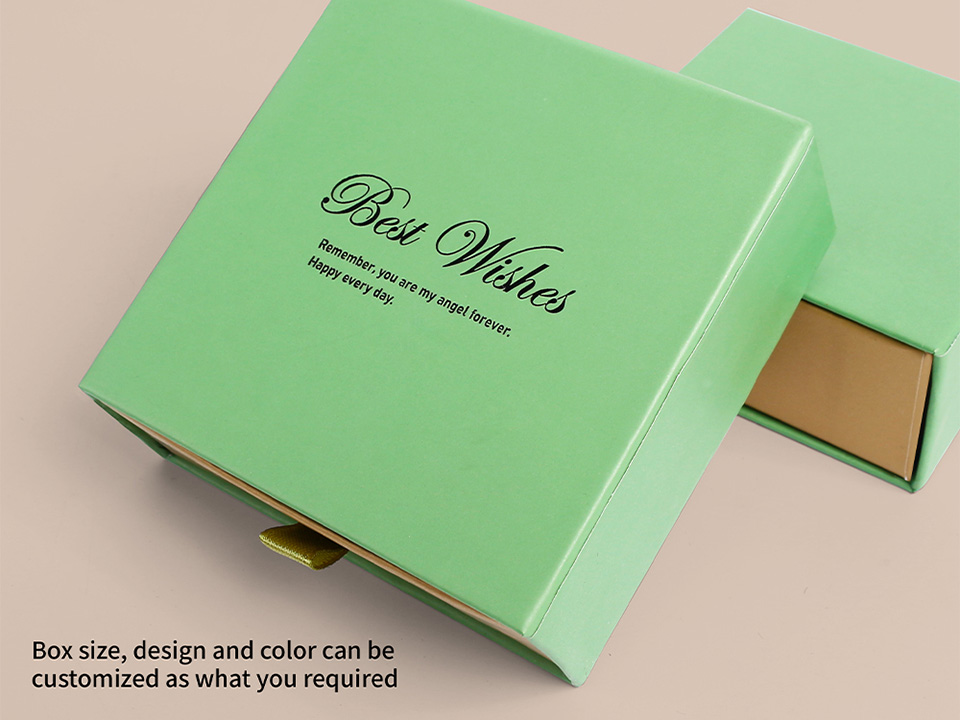
4. Interactive experience: AR and data-driven scenario marketing
Packaging is now a media surface. Done well, it feels like a concierge greeting the buyer by name.
Augmented reality storytelling
AR can animate surface patterns, show craftsmanship steps, or preview styling ideas. Keep markers discreet—a logo lockup or corner motif—so the physical aesthetics remain timeless while the digital layer stays fresh.
First-party data with consent
Serialized scans can open post-purchase journeys: care tips, loyalty enrollment, limited drops. This replaces generic inserts with high-signal, opt-in moments. For electronics, consider integrating a slim screen or QR-to-video flow; even fully featured formats like a video brochure can serve VIP kits and retail staff training without cluttering the primary line.
Retail theatre and discoverability
Freestanding displays and tiered risers convert browsers at arm’s length. Use shoppable QR plus sample drawers to reduce shrink while maintaining tactility; a clean example is upgrading corrugate to custom brand standards with printed corrugated boxes and cohesive graphics across shipper and shelf.
5. Circular Economy: reconstructing the production-consumption-regeneration closed loop
Circularity isn’t a slogan—it’s disciplined design behavior across the lifecycle.
Design for disassembly
Avoid hard-to-separate laminates and mixed substrates. Mark material families clearly, minimize glued surface area, and use friction fittings where possible. A mono-paper system with removable ribbon can keep luxury cues while easing recycling, as seen across curated paper gift boxes.
Reverse logistics and second lives
Build secondary use into the structure: keepsake drawers, stackable trays, or modular dividers that reorganize desks and vanities. Jewelry, candle, and cosmetics lines benefit from rigid formats such as candle boxes and jewelry boxes engineered for longevity.
Supplier integration and transparency
Close the loop with suppliers who can certify fiber sources, measure waste, and recover offcuts. Publishing simple end-of-life icons on the base panel aligns consumer behavior with your design intent. For brand families, unify structures across SKUs to standardize inserts and cut tooling churn—see consistent systems across cosmetic boxes and apparel boxes.
Summary
High-end packaging is evolving into a precise blend of art direction, material science, and connected technology. Visual stylization creates distinctiveness that photographs and feels right. Sustainable materials and mono-material logic make recycling realistic. Intelligent anti-counterfeiting protects equity at the moment of truth. Interactive experiences turn every box into a private showroom. Circular design rebuilds value after the first unboxing. If you’re ready to map these trends to your next launch or refresh, start with a clean system architecture, then layer finishes, security, and digital touchpoints with intent. For tailored structures, materials, and sampling, visit the homepage or explore focused categories like perfume boxes and paper gift bags to move from idea to production with confidence.







